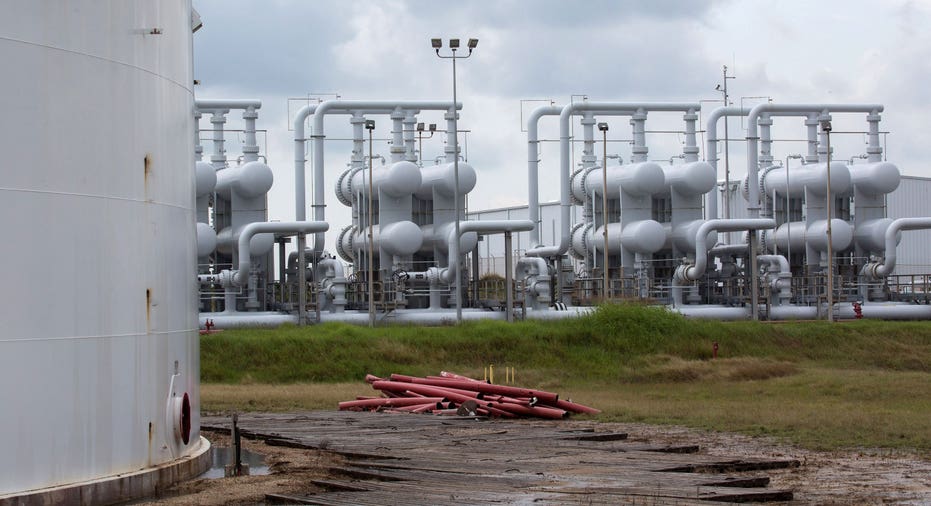Oil Prices Rise In Spite of Excess Supply

Oil prices climbed Monday as fresh hopes that OPEC members might consider freezing production provided support to the market, despite a continuing glut of crude supply.
The Organization of the Petroleum Exporting Countries said Monday that it would hold informal talks at an energy conference in September, renewing beliefs among analysts that the cartel's members may revisit production freezes this fall.
Such a deal could be reached as early as the week of Sept. 26, OPEC delegates told The Wall Street Journal, which could alleviate an oversupply of crude and refined products that has pressured the market in recent months.
"The talks are definitely driving the rally right now," said Jim Ritterbusch, president of energy-advisory firm Ritterbusch & Associates.
U.S. crude oil for September delivery rose 78 cents, or 1.9%, to $42.60 a barrel on the New York Mercantile Exchange. Brent, the global benchmark, gained 68 cents, or 1.5%, to $44.95 a barrel on ICE Futures Europe.
Stronger margins for refiners also helped lift prices Monday.
Olivier Jakob, from Swiss-based Petromatrix cited an improvement in the gasoline crack margin, a technical term for the price difference between crude oil and the figure refiners charge for gasoline, as providing a tailwind for the market.
"The gasoline crack [margin] has rebounded and stabilized and this has relieved the pressure on oil prices a little bit," he said. "This week has some upside potential [for oil prices], but the fundamentals are not there for any sustained recovery."
He added that the fundamentals for gasoline hadn't changed and there was a large global oversupply, which should keep prices below $45 a barrel.
Some analysts pointed to a potential benefit from prices staying that low. The price decline to the low $40s should spur demand growth in developing nations, aided by both the weaker dollar and lower costs for refined products such as diesel and gasoline, London-based Barclays PLC said in a note.
That prediction led the bank to reiterate its price forecast for the third quarter of $45 a barrel. The bank foresees stronger demand driving prices back up to the $50-a-barrel mark by the fourth quarter of 2016.
Many market participants have also cited the spike in the number of short net positions since June as having the potential to drive prices higher until the end of August.
A short net position is a market term for when a trader bets the market will fall. This means oil will be sold at a higher price and then bought back later for a lower price, with the trader keeping the difference.
Dutch bank ABN Ambro said in a note that the number of outstanding contracts for these short-net positions has risen 70% since June, meaning a heavy round of buying by traders is inevitable in the near future.
The last time this happened was earlier in the year and it played a huge role in oil's recovery from sub-$30 to over $50 a barrel.
Gasoline futures recently rose 0.5% to $1.3833 a gallon. Diesel futures climbed 1.6% to $1.3383 a gallon.
By Akane Otani and Kevin Baxter.



















